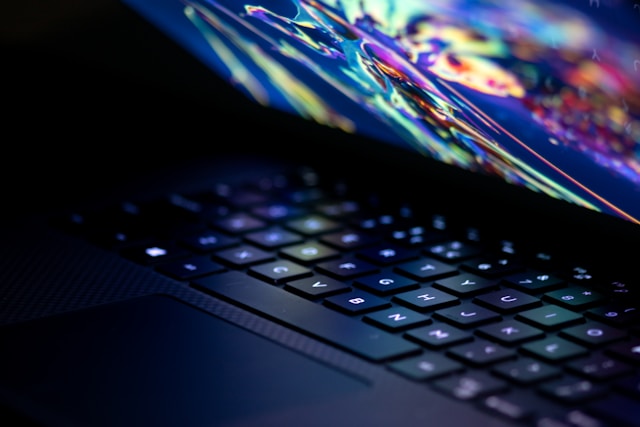The touchpad is one of the most important features of an HP laptop, allowing users to navigate smoothly without needing an external mouse. However, many users encounter a common issue where the HP laptop touchpad suddenly stops working. If you find your HP laptop touchpad locked or unresponsive, don’t panic it can often be fixed in just a few steps.
In this guide, we’ll cover the most effective methods to unlock HP laptop touchpad, from quick key combinations to driver updates, so you can get back to using your device without interruptions.
Why is My HP Laptop Touchpad Locked?
Before jumping into solutions, it’s useful to know why the touchpad gets disabled in the first place. Common reasons include:
-
Accidentally pressing the function key that disables the touchpad.
-
Double-tapping the touchpad’s top-left corner, which locks it on many HP models.
-
Disabled touchpad settings in Windows.
-
Outdated or corrupted drivers.
-
Hardware or BIOS-level issues.
Understanding these causes will help you choose the right fix for your HP touchpad not working.
Method 1: Use Function Keys
Most HP laptops have a shortcut key dedicated to enabling or disabling the touchpad. Look for a small touchpad icon on the F5, F6, F9, or F11 key.
-
Press Fn + [the key with touchpad icon] to unlock the HP laptop touchpad.
-
Check if the cursor is now responsive.
If the touchpad remains locked, move on to the next method.
Method 2: Double-Tap the Touchpad Corner
HP laptops often include a hidden shortcut for locking and unlocking the touchpad.
-
Locate the top-left corner of your touchpad.
-
Double-tap this area.
-
If your touchpad was locked, it should now be re-enabled.
You may also notice a small light indicator near the corner. A glowing light often means the HP laptop touchpad is locked, while turning off the light means it’s active.
Method 3: Enable Touchpad in Windows Settings
If shortcuts don’t work, you can manually enable the HP touchpad through Windows settings.
-
Open Settings by pressing Windows + I.
-
Go to Devices > Touchpad.
-
Toggle the switch to On.
-
Test the touchpad functionality.
This method works well if the touchpad was accidentally disabled in software.
Method 4: Check HP Control Panel or BIOS
Some HP laptops allow touchpad control through the BIOS or HP software.
-
Restart your laptop and press Esc or F10 repeatedly to enter BIOS.
-
Look under Advanced > Internal Pointing Device.
-
Ensure it is Enabled.
If your BIOS shows the touchpad disabled, switching it back on should immediately fix HP touchpad not working.
Method 5: Update or Reinstall Touchpad Drivers
Outdated or corrupted drivers can also lock the HP laptop touchpad. Updating or reinstalling drivers often resolves the issue.
-
Press Windows + X and select Device Manager.
-
Expand Mice and other pointing devices.
-
Right-click on Synaptics or ELAN Touchpad Driver.
-
Select Update driver or Uninstall device (then restart, and Windows will reinstall it).
Keeping drivers up to date helps avoid touchpad issues in the future.
Method 6: When to Seek Professional Help
If none of these solutions work, the problem might be hardware-related. Possible issues include:
-
A damaged touchpad cable inside the laptop.
-
Physical damage to the touchpad.
-
A motherboard fault.
In such cases, it’s best to contact HP support or visit a certified technician to repair or replace the component.
Preventing Future Touchpad Issues
Once you unlock HP laptop touchpad successfully, you can avoid similar problems by following these tips:
-
Be mindful of the function key combinations to prevent accidental locking.
-
Keep your drivers updated regularly.
-
Avoid placing heavy objects on the keyboard area, which could trigger touchpad disable functions.
-
Use an external mouse only when needed to reduce wear on the touchpad.
Conclusion
Having an HP laptop touchpad locked can be frustrating, but in most cases, it’s an easy fix. Whether it’s pressing the right function key, double-tapping the corner, or enabling the touchpad in Windows settings, these quick solutions usually solve the problem. For persistent cases, updating drivers or checking BIOS settings often works. And if all else fails, professional help may be required to fix hardware issues.









